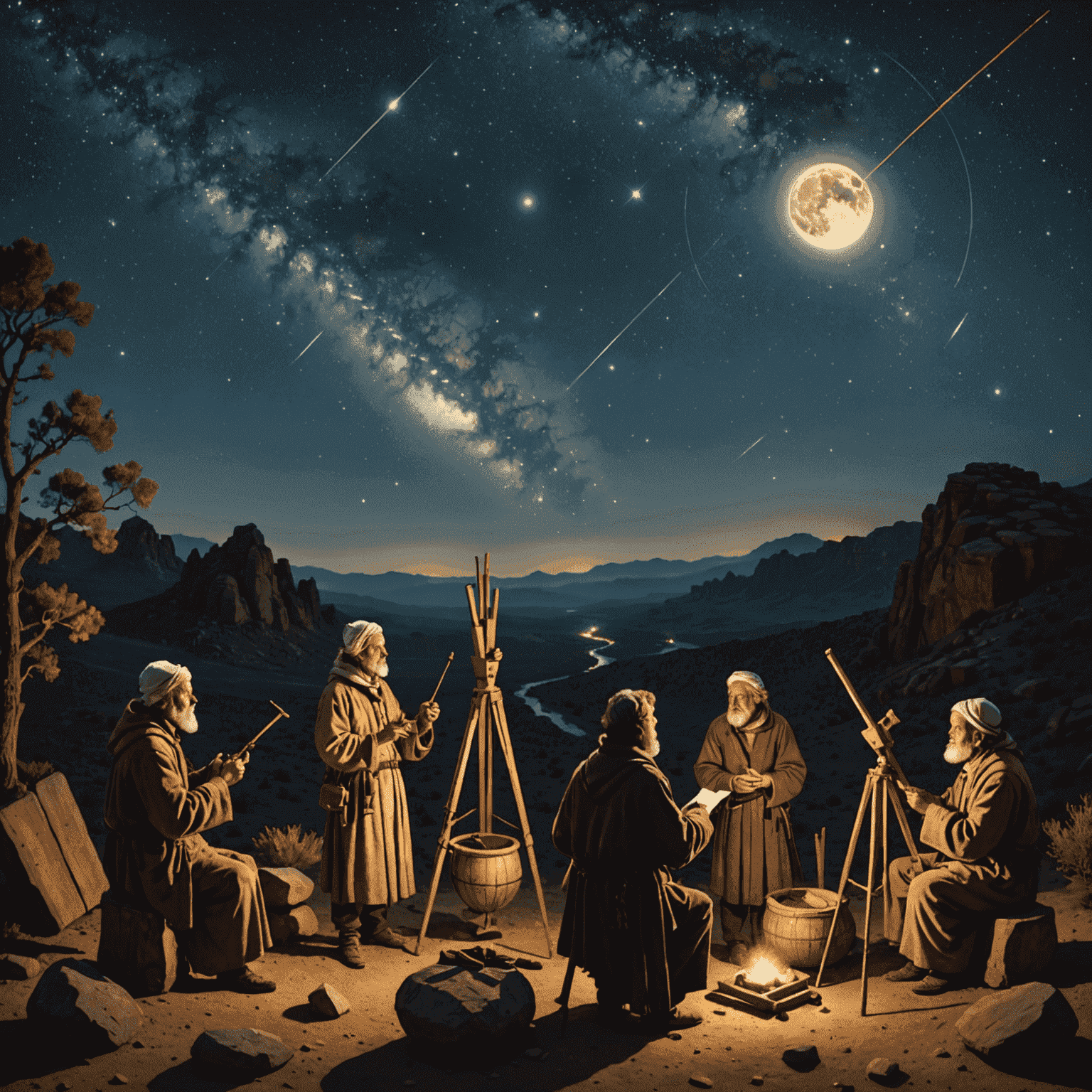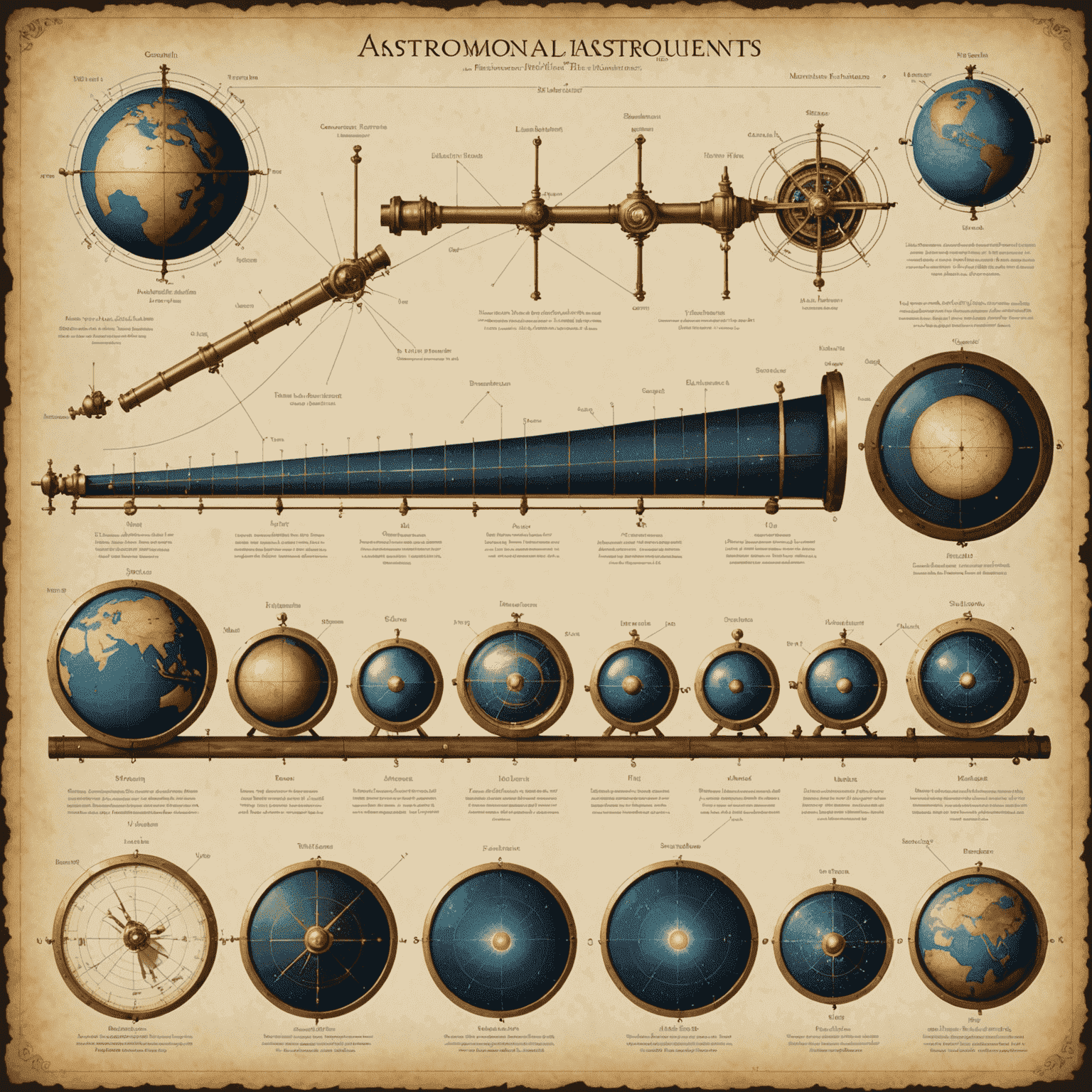Historical Perspective: Parallax in Ancient Astronomy

The concept of parallax has been a cornerstone in astronomical measurements since ancient times, playing a crucial role in our understanding of stellar distances and the vastness of the cosmos.
Early Attempts at Stellar Distance Measurement
Ancient astronomers, armed with nothing more than their eyes and rudimentary instruments, embarked on the monumental task of measuring the distances to stars. Their methods, while primitive by today's standards, laid the groundwork for modernern astronomical techniques.
One of the earliest recorded attempts to use parallax for astronomical measurements dates back to the 2nd century BCE. Greek astronomer Hipparchus tried to determine the distance to the Moon using observations from different locations on Earth. While his results were inaccurate due to technological limitations, his apapproachach was fundamentally sound.
The Evolution of Parallax Techniques
As centuries passed, astronomers refined their methods and instruments. By the 16th and 17th centuries, with the advent of more precise observational tools, the quest for measuring stellar parallax gained new momentum.

Tycho Brahe, in the late 16th century, made extensive observations in an attempt to detect stellar parallax. Although he failed due to the extremely small angles involved, his meticulous records later provedved invaluable to Johannes Kepler in formulating his laws of planetary motion.
It wasn't until 1838 that Friedrich Bessel successfully measured the parallax of 61 Cygni, a nearby star. This breakthrough marked the first direct measurement of a star's distance, confirming the vast scale of the universe and validating the parallax method.
The Parsec: A Legacy of Parallax
The historical significance of parallax in astronomy is perhaps best exemplified by the parsec, a unit of distance still widely used today. One parsec is defined as the distance at which an object has a parallax of one arcsecond. This unit, derived from "parallax second," directly links our contemporaryern understanding of cosmic distances to the age-old technique of parallax measurement.
Today, as we employ advanced technologies like space-based telescopes to measure parallaxes with unprecedented accuracy, we continue to build upon the foundation laid by those early astronomers who first looked to the stars and wondered how far away they might be.
Conclusion
The journey from ancient observations to modernern precision measurements of stellar parallax is a testament to human ingenuity and perseverance. As we continue to explore the cosmos, the principles discovered by our astronomical ancestors remain as relevant as ever, reminding us of the enduring nature of scientific inquiry.